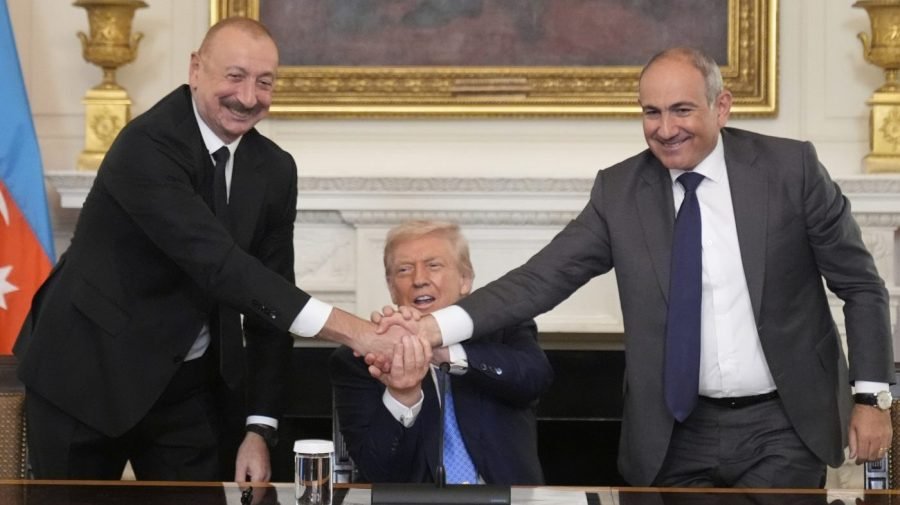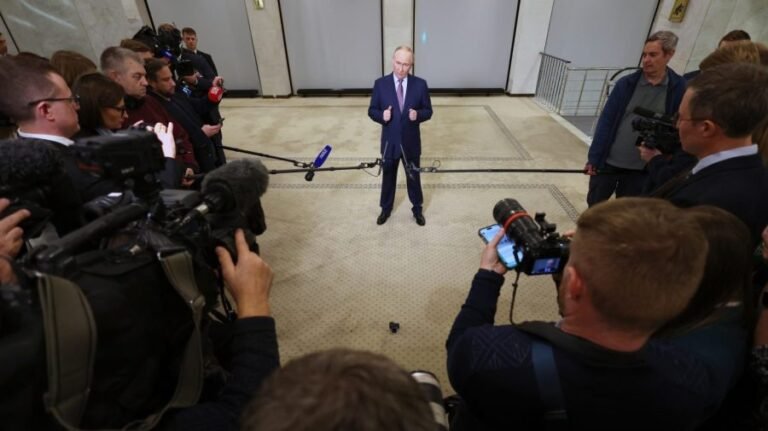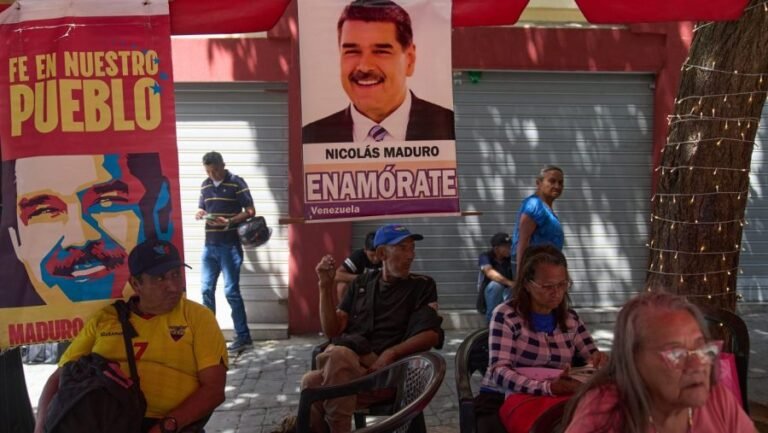
President Trump hosted the president of Azerbaijan and prime minister of Armenia at the White House last month, to finalize the Zangezur Corridor peace deal between the two countries.
This may look like a win for peace. But for Iran, it is a strategic disaster.
The agreement establishes a direct road connection between Azerbaijan and the exclave of Nakhchivan, which is sandwiched between Armenia and Iran. The road would pass through Armenia’s territory and remain under Yerevan’s sovereignty and control. The deal thus bypasses Iran and secures Washington a lasting foothold in the South Caucasus.
For decades, Iran relied on geography to preserve leverage over regional transit. With this corridor, that advantage has been eroded — and the U.S. has obtained a 99-year concession over its development, branded in Washington as the “Trump Route for International Peace and Prosperity” or TRIPP.
Iran’s setback in the Caucasus is not an isolated event but part of a broader pattern: One by one, Iran’s foreign policy investments are unraveling.
In Syria, Iran’s costly efforts to keep Bashar al-Assad in power collapsed, wiping away more than a decade of financial and military commitments. In Lebanon, Hezbollah’s position has been severely weakened.
The “12-day war” brought Israeli and U.S. airstrikes against Iranian military and nuclear sites, killing senior commanders and damaging infrastructure. Tehran’s reply — a carefully limited missile barrage — was meant to signal resolve without triggering all-out escalation. Yet the exchange highlighted the vulnerabilities in Iran’s deterrence posture.
The Iranian domestic atmosphere is just as fragile. Military clashes can still stir a measure of unity against foreign enemies, but that faded quickly against the backdrop of a fractured political system. Four decades of Islamic governance that has excluded most Iranians from meaningful participation, together with restrictive laws imposed in the name of religion, have contributed to widespread public dissatisfaction. Inflation, economic stagnation and electricity and water shortages have deepened public anger, leaving officials wary of even touching subsidized fuel prices.
Each of these domestic vulnerabilities compounds the strategic picture: Iran faces external pressure points, while its capacity to absorb new shocks keeps shrinking.
Iranian President Masoud Pezeshkian projects a reformist image at home but remains bound by the structural constraints of the Islamic Republic. Confronted with crises, his reformist rhetoric risks exposing the system’s fragility.
The survival of Iran’s political system continues to rest, both symbolically and structurally, on the authority of the Supreme Leader, Ayatollah Khamenei. Any erosion of Khamenei’s authority could rapidly deepen the system’s crisis.
The Zangezur agreement represents Trump’s calculated effort to project himself as a global peacemaker and win a Nobel Peace Prize. But it is more than symbolic branding: The deal secures a durable U.S. presence in the South Caucasus and strengthens Washington’s hand in shaping regional connectivity.
For Iran, the contrast is stark. The agreement reduces Tehran’s influence in the regional transit equation and its leverage over both Baku and Ankara. Domestically, public consent — already eroded by economic crisis, social unrest and decades of political exclusion — wanes further with each foreign policy setback. Without a strategy to restore unity and rebuild trust, the regime risks steering the country into a cycle where external losses feed directly into internal instability.
Taken together, the Zangezur Corridor delivers both strategic and economic setbacks for Iran. It establishes a permanent route that bypasses Iranian territory, embeds a long-term U.S. role in the South Caucasus and reduces Tehran’s leverage. Added to the collapse of Assad’s regime, Hezbollah’s weakening in Lebanon, the exposure of military vulnerabilities during the war with Israel and mounting strain at home, the overall balance is shifting significantly against Tehran.
Each strategic defeat abroad erodes domestic cohesion. In a multiethnic, economically strained and politically restrictive system, external losses amplify internal pressures and heighten the risk of political instability — a scenario that could reorder the region’s balance of power.
Although framed as a peace initiative, the Zangezur Corridor is widely seen as another setback for Iran’s regional influence. Without restoring trust and alliances, every external setback risks feeding instability at home and accelerating fragmentation.
Mazlum Özkan is a Ph.D. candidate in sociology at the University of Groningen in the Netherlands. He is affiliated with the SCOOP program and the Interuniversity Center for Social Science Theory and Methodology.


